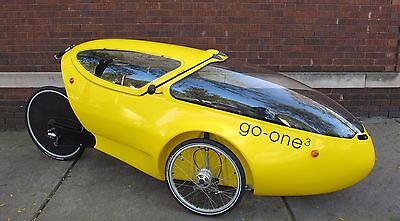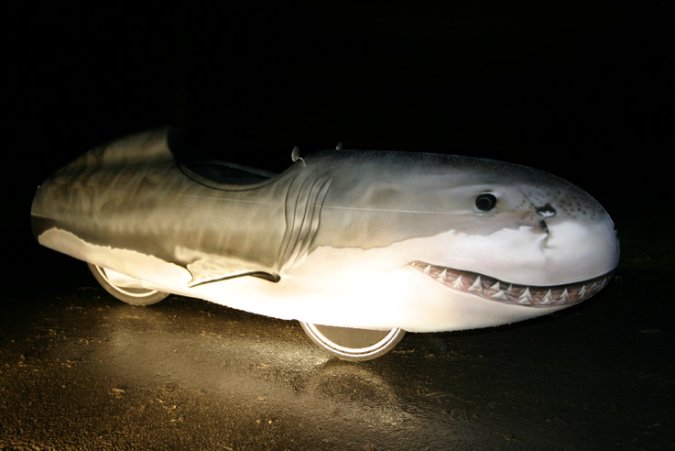kontrakode
1 µW
- Joined
- Mar 18, 2018
- Messages
- 3
I've commuted an 8km round trip for the last couple of years (non electric bike), but my new job is approximately 24 km each way. I could ride it on a regular bike, but I'm not excited about a 70+ minute commute.
I'm willing to spend up to $3K AUD to buy/build an ebike which will allow me to comfortably travel at 35 - 40 kmh.
I've come up with the following options and I'd like to hear feedback from fellow Aussies:
Thanks in advance for your thoughts!
I'm willing to spend up to $3K AUD to buy/build an ebike which will allow me to comfortably travel at 35 - 40 kmh.
I've come up with the following options and I'd like to hear feedback from fellow Aussies:
- Convert my Jamis Coda (steel city bike) with a 350w hub motor (powerful enough to help with the commute, not powerful enough to break my forks or get me into trouble). I prefer the idea of a front hub motor due to the slightly easier installation and better weight distribution, but I'm open to other options. Any recommendations on good kits?
- Buy a powerful factory ebike of questionable street legality e.g. Juiced Crosscurrent ($2700, has 350w Bafang internally geared hub motor, can be 'tuned' to remove pedelec speed cap - supposedly capable of up to 45kmh with moderate pedaling)
- Buy a big name factory ebike e.g. a mid range Avanti or Merida with Shimano Steps crank motor, bypass the speed sensor, swap to a bigger chainring to increase top speed achievable from pedaling and motor assist.
Thanks in advance for your thoughts!




